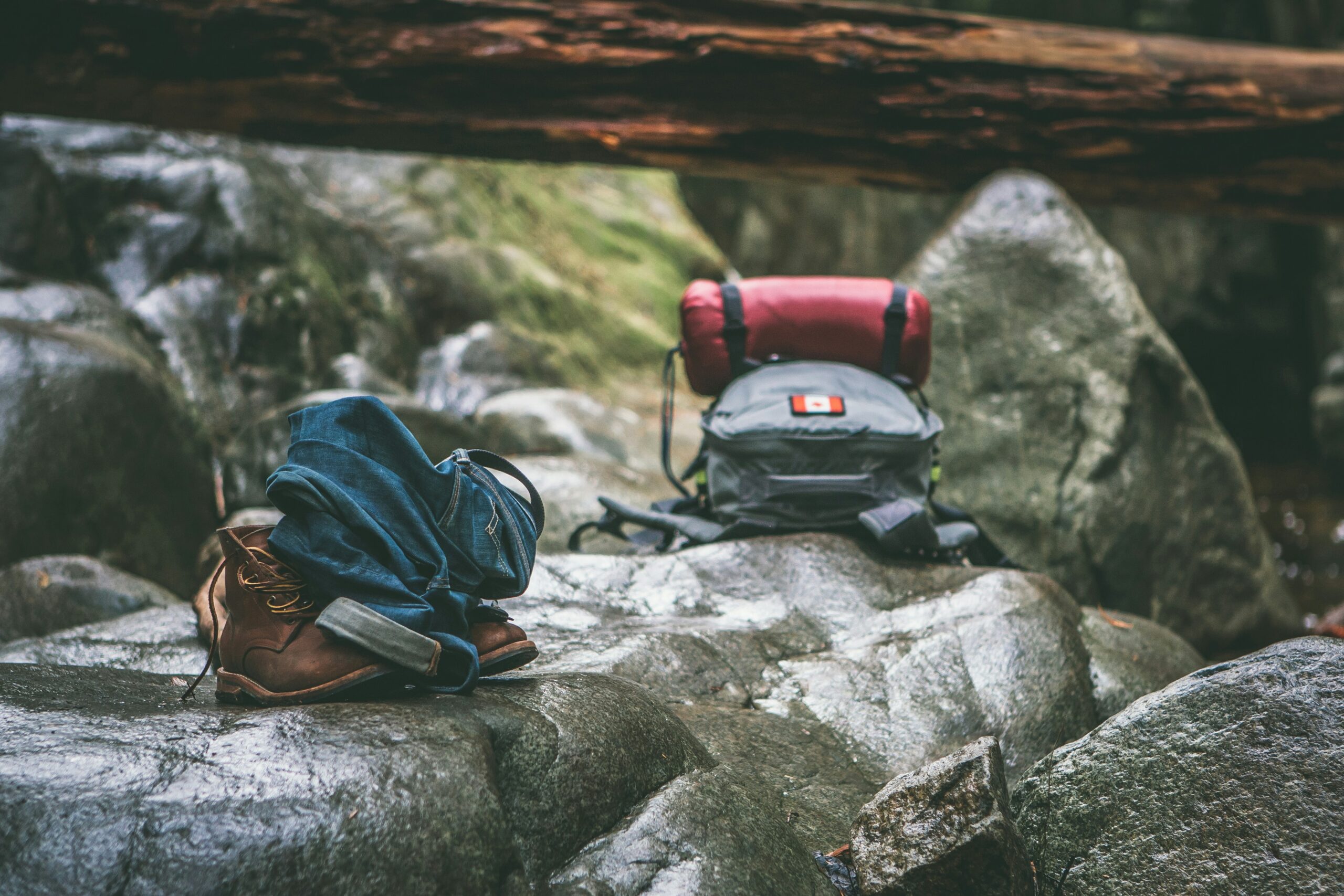The Ultimate Guide to Choosing the Perfect Hiking Pants

Understanding the Importance of Hiking Pants
Choosing the right hiking pants is paramount for outdoor enthusiasts who spend extended periods in nature. These specialized pants serve critical functions that enhance the overall hiking experience, including protection against environmental elements, durability for rigorous activities, and comfort suited for varying conditions.
One of the primary roles of hiking pants is to shield the wearer from the unpredictable elements of the outdoors. This can include protection from sun exposure, wind, rain, and abrasive materials found in natural terrains. Many hiking pants are designed with materials that provide UV protection and water resistance, ensuring that hikers can safely traverse different landscapes without worrying about sunburn or getting soaked in unexpected rain. Additionally, the right hiking pants can provide a barrier against scratches from bushes or rocks, reducing the risk of injury.
Durability is another essential characteristic of hiking pants. Unlike regular pants, hiking-specific designs utilize robust fabrics that withstand the wear and tear of outdoor activities. These pants are tailored to endure extreme physical movements, from climbing steep trails to traversing rocky paths. Investing in a high-quality pair of hiking pants can prevent the need for frequent replacements, making them a cost-effective choice for avid hikers.
Comfort during various hiking conditions cannot be overstated. Hiking pants often incorporate features such as moisture-wicking technology and ventilation panels to help regulate body temperature. This comfort translates to a more enjoyable experience, allowing hikers to focus on the beauty of their surroundings rather than on discomfort caused by inadequate clothing. On the contrary, wearing improper gear can lead to irritations, chafing, or even serious injuries, detracting from the overall hiking journey.
Key Features to Look for in Hiking Pants
When selecting the ideal hiking pants, it is crucial to consider a range of features that enhance both comfort and performance across various terrains and weather conditions. One of the primary factors is the material. Hiking pants are typically made from synthetic fibers, such as polyester or nylon, or natural fibers like cotton. Synthetic materials are often preferred for their quick-drying properties and outstanding durability, making them particularly suitable for humid or wet conditions.
Breathability is another vital feature when choosing hiking pants. A breathable fabric allows moisture to escape from the body, reducing the risk of overheating during strenuous activities. Look for pants labeled as moisture-wicking, which draw sweat away from the skin to keep you dry and comfortable.
Water resistance is essential, especially for those who hike in climates with unpredictable weather. Many hiking pants come equipped with a water-repellent finish, which helps to keep rain and moisture at bay. Additionally, consider insulation if you plan to hike in colder environments. Insulated hiking pants provide warmth without adding excessive bulk and are often designed to trap body heat effectively.
Pockets and storage options are also important considerations. Functional pockets allow for easy access to essential items such as maps, snacks, and small tools. Look for pants with zipped pockets, as they provide extra security for valuable items. Furthermore, ensure that the fit and adjustability of the pants accommodate your movement. A good fit should allow for a full range of motion without being too loose or restrictive. Adjustable features such as belt loops or drawcords can enhance comfort and ensure the pants stay in place during your hike.
Types of Hiking Pants for Different Activities
Choosing the right hiking pants is essential for ensuring comfort and performance during your outdoor adventures. The market offers various types of hiking pants, each designed to meet specific needs and weather conditions. Understanding these categories will help you make an informed decision tailored to your hiking style and environment.
Lightweight hiking pants are ideal for summer trails and warmer climates. These pants are typically constructed from breathable, moisture-wicking fabrics that allow heat and perspiration to escape, keeping you cool and comfortable. They often feature an ergonomic design, with articulated knees for ease of movement. Lightweight options are perfect for casual hikes or day trips, where convenience and comfort are paramount.
For those tackling colder climbs, insulated pants are essential. Designed to provide warmth without sacrificing mobility, these pants often incorporate synthetic insulation materials or fleece linings to trap heat. Many insulated designs also include windproof and waterproof features, essential for maintaining comfort in harsh weather conditions. These pants are best suited for winter hikes, backpacking trips in cold weather, or any adventure requiring additional thermal protection.
Convertible hiking pants offer versatility for variable conditions. With a zip-off feature, these pants can easily transform into shorts, making them suitable for hikes that may experience changing temperatures throughout the day. This adaptability eliminates the need to carry extra clothing and is particularly useful for long hikes where the forecast could change unexpectedly.
Lastly, specialized pants for technical climbs or rugged terrains provide an extra layer of protection and functionality. These pants often feature reinforced knees, built-in gaiters, and extra pockets for tools and gear. Whether you are climbing in rocky areas or navigating through dense brush, these technical options ensure durability and support during challenging activities.
By understanding these different types of hiking pants, you can select the best option that meets your specific hiking needs and enhances your outdoor experience.
Care and Maintenance Tips for Hiking Pants
Proper care and maintenance of hiking pants is essential for ensuring their longevity and performance during outdoor activities. These garments are designed to withstand the rigors of hiking, but their effectiveness can diminish without the right attention. One critical step is to follow the washing instructions provided by the manufacturer. Generally, it is advisable to wash hiking pants in cold water with a mild detergent, avoiding bleach and fabric softeners that can impair moisture-wicking and breathability. To maintain the integrity of the fabric, consider using a gentle cycle and turning the pants inside out.
After washing, it is important to air dry the pants whenever possible. High heat from tumble drying can lead to shrinkage and may also degrade the water-repellent treatment applied on many hiking pants. If using a dryer, select a low heat setting. Additionally, periodically reapplying a durable water repellent (DWR) treatment can help restore water-resisting capabilities and breathability. This treatment helps the fabric resist moisture, ensuring that hikers remain comfortable and dry during unpredictable weather.
Proper storage of hiking pants is another vital aspect of maintenance. To keep them in optimal condition, store pants in a cool, dry place away from direct sunlight. Avoid folding them in a manner that creates creases, which can weaken the fabric over time. Instead, hang the pants or store them flat to retain their shape.
Minor damages, such as small tears or loose seams, can often be repaired at home. Utilizing a fabric patch or sewing a simple stitch can extend the life of the garment. Addressing such issues promptly will not only save money but also empower hikers to protect their investment in quality gear. Regular maintenance is essential to keep hiking pants performing optimally through various outdoor adventures.




Leave a reply